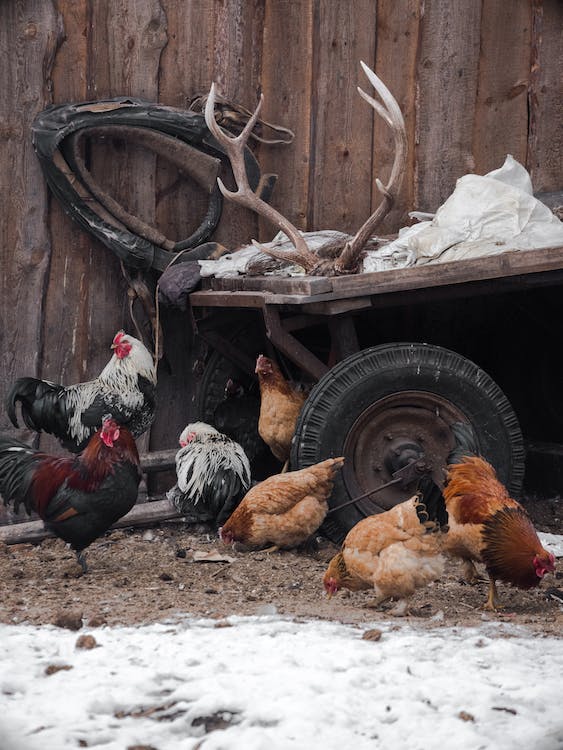Trail cameras have proved to be one of the greatest innovations which have become popular over the last few decades. In the beginning, the devices were inefficient and unaffordable. However, with technological advancement, devices are now available and play a significant role in modern hunting.
Like any other tool, a trail camera can be ineffective if not well set up. You may not get what you want without understanding the basic requirements and the essential strategies to set up your trail camera. Read through this article to get some fantastic tips on how to set up a trail camera.
Table of Contents
How Does A Trail Camera Work?
Before looking at how to set up a trail camera, it would be good to have a quick review of how it works. By definition, a trail camera is a remote camera set out on a field to take pictures or videos of animals or objects moving within. The main aim of a trail camera is to capture things that are impossible to capture due to interference by your presence.
A trail camera is motion-sensitive, which means it takes pictures after being triggered by any motion. Captured images and videos are then stored on an SD card for you to view later. Trail cameras are primarily used for hunting, wildlife research, and documentaries.
For example, trail cameras can help study animals such as deer, bucks, or any other animal of interest in a given field. You can get crucial information about the animal, such as its movements, major attraction in the field, behavior, feeding habits, bedding, and physical characteristics.
Here Are Tips to Set Up a Trail Camera
1. Trail Camera Settings
Setting your trail camera to give high-quality images is often challenging. You must decide on the camera burst number, mode, interval, sensitivity, and video length. In addition, you must set your camera depending on the goal you want to achieve and the location, size, and scenario where you are setting up your trail camera. You should consider camera settings allowing you to capture the best images.
Your trail camera settings will determine the exact information you will get from the captured images. If you want more information about your target, you can consider setting your trail camera into video mode, which helps gather adequate and consistent data about your target.
You don’t have to be a tech wizard when it comes to trail camera settings; you only need to consider a few simple things such as;
The date and time of your camera should be accurate. This will help record vital information regarding your target based on a precise timeline.
Ensure your SD card is set on your device correctly and is functioning. You can do some trials by capturing a few images before setting up your camera.
Set the appropriate capture mode. The trail camera can work in photo or video mode. Therefore, you should select the proper mode based on your goal and the location of you will set up your camera.
2. Trail Camera Locations
The location of your trail camera will always have a significant impact on the image’s capture. It would help if you found an ideal place to effectively picture high-quality and clear pictures and visuals. A perfect location for your trail camera should allow your device to be activated and capture the presence of your target.
Creativity, experience, and some skills will help you find a perfect location to set up your trail camera. In addition, before settling on a specific site, you should do some trials till you are satisfied.
Further, the safety of your trail camera against thievery and any interference should be a significant consideration. Some trail cameras can come with straps and buckles, which you can use to fasten against a tree tightly.
Unless the object or animal you want to capture is small, you should consider mounting your camera some feet up for better and more precise shots. You should also consider if the tree leaves or temperature changes can interfere with your trail camera.
3. Angle Setting
You should set your camera at an angle that will capture clear images. For example, if you set up your camera high on a tree, your camera should face downward at an angle that can capture any moving animal or object. Similarly, if your camera is just a few feet high, you should set it straight ahead or slightly bent.
It would help if you also considered the effects of the sun on your trail camera. The sun’s rays can affect the quality of your photos and sometimes wash them out. Therefore, consider where the sun rises and sets. For example, if your face is east or west, the intense sun rays can affect the images captured at the beginning and end of the day. You may set your camera to face north or south in this case. However, if your focus is capturing images of animals or objects roaming in your garden at night, this will not be a significant consideration. Your location should provide a better background that won’t interfere with the images captured.

Image source; https://cdn.pixabay.com/photo/2017/07/08/12/11/camera-2484239__340.jpg
Bottom-Line
Trail camera allows you to capture images you couldn’t get with standard cameras. In addition, a trail camera will enable you to get enough information about various creatures that roam around your field. If you are a hunter, you can use the trail camera to study the behavior of your target.











